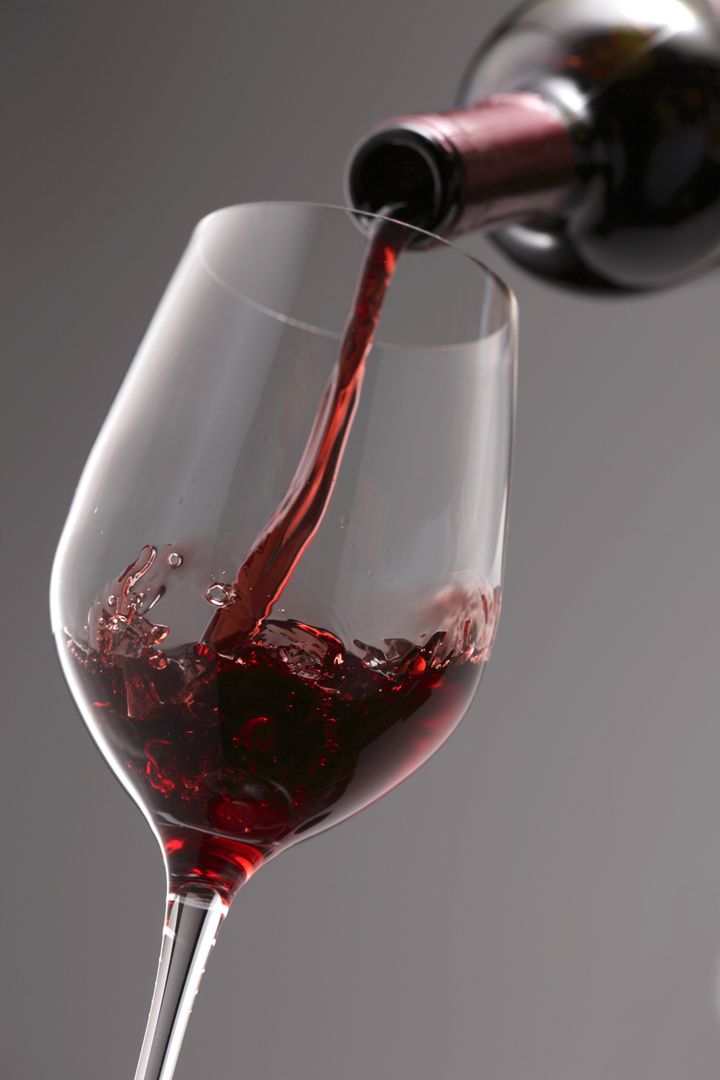
At more than 550,000 total acres, Lodi is one of Calfornia's largest appellations. It has more than 100,000 acres of vines, more than twice the plantings of the entire Napa Valley. Its first commercial winery, El Pinal, was built back in 1858. Nonetheless, the area has had a very low profile until recent years. In Matt Kramer's 2004 New California Wine, for example, there's absolutely no mention of Lodi, despite the book's extensive coverage of most of California's other wine regions.
A large reason for this is that although this cooler, northern portion of California's giant Central Valley has been a major wine-growing region for decades, most of the wineries located there until recent years were co-ops, whose wine production was typically sold on to large marketing companies, like Sebastiani and JFJ Bronco.
In fact, even up through the 1960s the signature grape produced in the area besides Zinfandel was a table grape, Flame Tokay, that was very popular until seedless table grapes were developed. These grapes were also made into wine and distilled into brandy.
This began to change in the late 1960s, when most of the co-ops were sold or closed, and vineyards started to be replanted with premium wine varieties.
Lodi was not designated an appellation in its own right until 1986. Its boundaries were expanded to the south and west in 2002. In 2006, the area was officially divided into seven sub-appellations based on climate and soil types: Alta Mesa, Borden Ranch, Clements Hills, Cosumnes River, Jahant, Mokelumne River and Sloughouse. At this point, however, I've only seen two of these sub-appellations appearing on wine labels, Clements Hills and Alta Mesa.
Lodi is now home to about 80 wineries. Two-thirds of the plantings are red varieties. The primary grapes in the region are Zinfandel, Cabernet Sauvignon, Merlot and Chardonnay, but there are more than 60 varieties being used for wine, including Italian, Spanish and Portuguese varieties.
My efforts to get a handle on this large and fast-evolving region have included attending LOCA, the large Lodi producers tasting held on San Francisco's Treasure Island the past two years, and a visit to several Lodi producers last year.
Having tasted more than 400 Lodi appellation wines to date, my conclusion is that a great many of them are fairly average, featuring ripe fruit, at very reasonable price points. I've also found a handful of more complex and interesting wines made by producers striving for more distinction. Some of those producers focus on more unusual varieties, like Italian or Portuguese grapes, while others are simply doing the most they can with some of the region's strengths -- e.g., heritage vineyards of old vine, head pruned Zinfandel.
The region does particularly well with Zins, especially from old vines. Spanish and Portuguese grapes, not just red grapes like Tempranillo and Souzão, but also white grapes, like Albariño and Verdelho, also appear to have found ideal conditions in Lodi -- much like the climate and soils of their native Iberia. Other whites grown in cooler portions of the region -- Viognier, Vermentino and Sauvignon Blanc -- often exhibit lively acidity and freshness. On the other hand, I have been unimpressed to date by most of the Cabernet Sauvignons I've tried from this area, a significant number of which exhibit the green and herbaceous flavors that indicate a lack of full physiological ripeness.
The very best wine I've tasted from Lodi to date was the 2000 vintage of Robert Biale's Zin from the Spenker Vineyard, which I rated 93+ points. Unfortunately, Biale stopped making Zins from this vineyard in 2004. I have also been very impressed with Petite Sirah from the Mettler Family, and consistently complex and tasty Old Vine Zin from Klinker Brick, especially their Old Ghost bottling from low yielding vineyard blocks that are more than 90 years old.
St. Amant also produces consistently good old vine Zins. The best whites I've had include Peirano Vineyards' Muscat Canelli, Downhill's Torrontes from the Silvaspoons Vineyard, Heritage Oak's Sauvignon Blanc, and Albariños from both Harney Lane and Jeremy Wine Company. Peirano also makes a tasty Malbec. I've also been impressed by Fields Family's Syrahs.
Other good producers, responsible for one or more wines that I've rated 90 points or higher, include Borra, M2 Vintners, Macchia, McCay, Sheldon, St. Jorge, The Dancing Fox, Uvaggia and Wyneland Estates.
For value and a friendly, down-to-earth reception, I highly recommend a visit to Lodi wine country. For the region's wine events calendar, check out the appellation's informative website here.
For complete tasting notes on wines I have sampled in Lodi and at the LOCA event this month, see the longer version of this post on my blog here.